Engraved
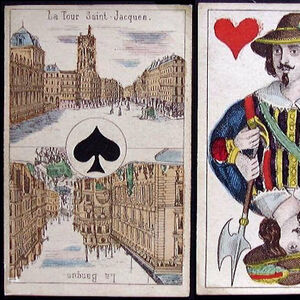
Alphonse Arnoult
Finely engraved deck by Alphonse Arnoult (Paris), c.1860. 52 cards.
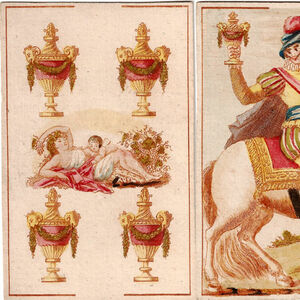
Baraja “Neoclásica”, Madrid, 1810
Baraja “Neoclásica” engraved by José Martínez de Castro, first published by Clemente Roxas, Madrid, 1810.
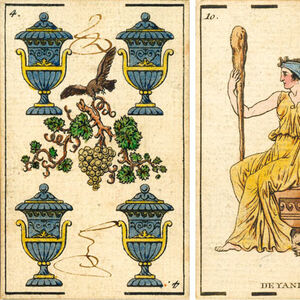
Baraja Mitológica
“Baraja Mitológica” was first published in Madrid in c.1815 by Josef Monjardín from engravings by José Martínez de Castro.
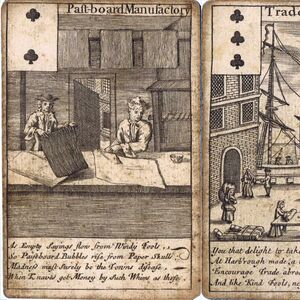
Bubble Cards, 1720
Bubble Cards - known as “All the Bubbles”, c.1720.
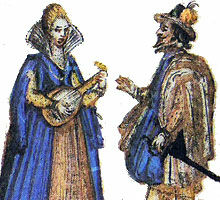
Das Kupferstichspiel des I.M.F. von 1617
Playing cards had been made as precious objects for wealthy clients since the late 14th century. They were made to look at, admire and to keep in curiosity cabinets, or perhaps to entertain ladies or educate children rather than to play with.
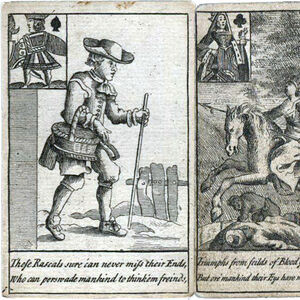
Delightful Cards, c.1723
Delightful Cards, containing variety of entertainment for young Ladies and Gentlemen c.1723.
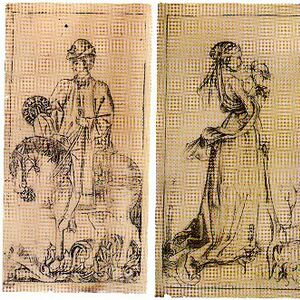
Early German Engraved Playing-cards
During the second half of the fifteenth century, with printing technology commercially established and playing cards already a mass-produced commodity, a succession of masterly German engravers practised their art and decorative playing cards reached a zenith.
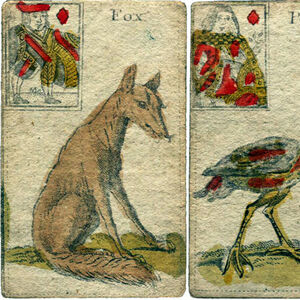
Forrest Cards, c.1750s
Hand-coloured Forrest Cards produced for “Young Gentlemen & Ladys who are Lovers of Ingenuity”, c.1750s.
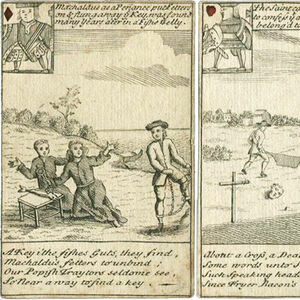
Illustrated Playing Cards, c.1740
Illustrated playing cards featuring comical engravings and rhymes about saints, c.1740.
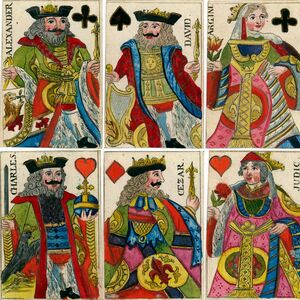
Johann Jobst Forster
Deck made by Johann Jobst Forster, Nürnberg, first half of 18th century in the Paris pattern.
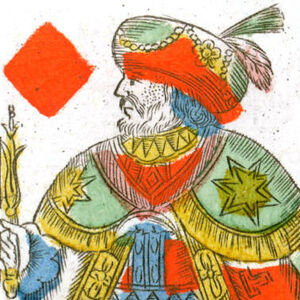
Johann Matheus Backofen
French-suited deck manufactured by Johann Matheus Backofen, Nürnberg c.1800.
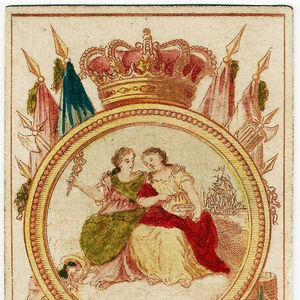
José Martínez de Castro, page 2
The most noteworthy feature of its history is that this design has since been adopted for use in Sardinia, where it is now regarded as the standard local pattern.
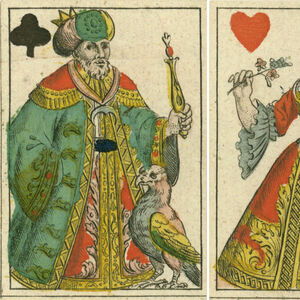
Joseph Losch
French-suited pack with full-length courts by Joseph Losch, c.1800.
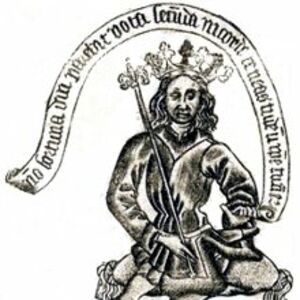
Master of the Banderoles
Playing Cards by the Master of the Banderoles, one of the earliest professional printmakers, c.1470.
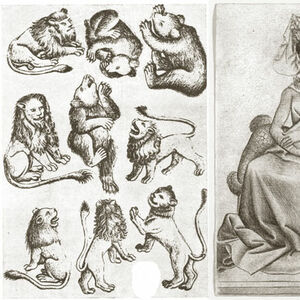
Master of the Playing Cards
Animal suited playing cards engraved by the Master of the Playing Cards, Germany, c.1455
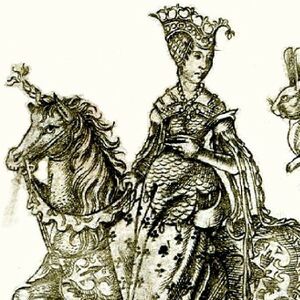
Master PW Circular Cards
Master PW Circular Playing Cards: roses, columbines, carnations, parrots and hares... everyday objects evoking life and fertility.
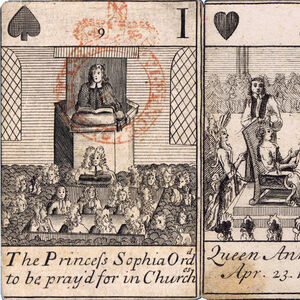
Royal Cards Reign of Queen Anne
“Royal Cards Reign of Queen Anne” cover historical events, both honourable and treacherous, during the period 1702 to 1704.
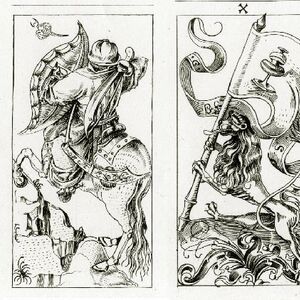
South German Engraver
Conforming to an archaic format of 52 cards with banner 10s, female 'Sotas', horsemen and kings, the pack is of interest on account of a number of other packs with similar characteristics surviving elsewhere, suggesting an archaic variant of the Spanish-suited pack.
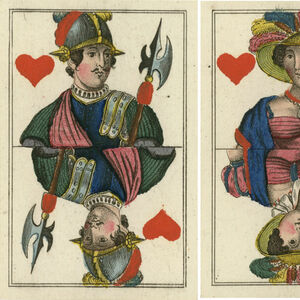
Unknown Maker
Early German deck by unknown maker, c.1825
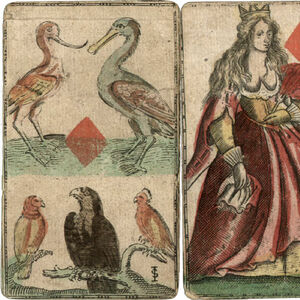
XVII Century Engraved Animal Cards
Anonymous French-suited German engraved cards c1610 to 1650.

